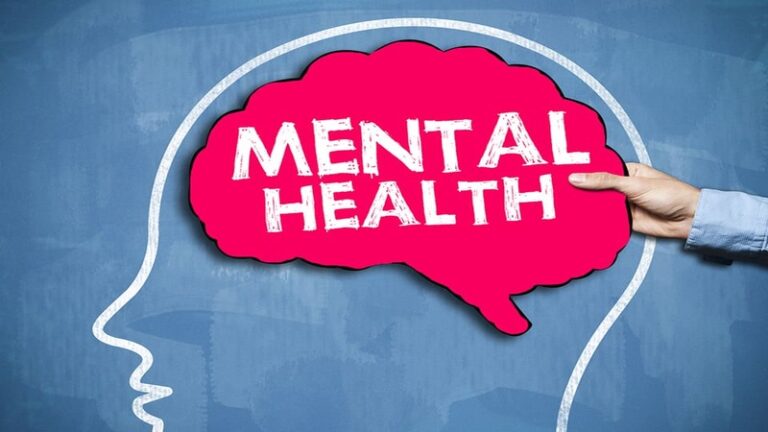Sign language is an essential and profound mode of communication for deaf and hard-of-hearing individuals worldwide. Its significance extends beyond mere communication—it embodies culture, identity, and inclusivity. In this article, let’s explore the importance of sign language, its impact on the deaf community, its role in education and society, and the broader implications of recognizing and supporting sign languages globally.

What is Sign Language?
Sign language is a visual-spatial language that uses hand movements, facial expressions, and body gestures to convey meaning. It is not simply a visual representation of spoken language; rather, it is a fully developed linguistic system with its grammar, syntax, and semantics. Sign languages are unique to different regions and communities, with variations akin to spoken languages.
Empowering the Deaf Community
1. Language Equality and Accessibility
Sign language provides a means for deaf individuals to express themselves, fostering language equality. It enables them to communicate effectively with each other and with the wider community, facilitating access to education, information, and social interactions.
2. Cultural Identity
For many in the deaf community, sign language is not just a communication tool but also a cornerstone of their cultural identity. It connects individuals within their community, fostering a sense of belonging and pride in their shared language and heritage.
3. Mental Health and Well-Being
Access to sign language positively impacts the mental health and well-being of deaf individuals. It reduces feelings of isolation, enhances self-esteem, and facilitates better mental health outcomes by enabling effective communication and social interaction.

Role of Sign Language in Education
1. Academic Success
Sign language plays a crucial role in the education of deaf children. It provides a foundation for learning and academic success by allowing them to access information, participate in classroom discussions, and engage with their peers and teachers.
2. Linguistic Development
For deaf children, sign language serves as their primary mode of acquiring language skills. Exposure to sign language from an early age facilitates linguistic development, cognitive abilities, and literacy skills, laying the groundwork for future learning.
3. Inclusive Education
Incorporating sign language into educational settings promotes inclusive education. It allows deaf students to fully participate in mainstream classrooms, ensuring their academic and social integration alongside their hearing peers.
Sign Language in Society and Communication
1. Bridging Communication Barriers
Sign language serves as a bridge between deaf and hearing individuals, breaking down communication barriers and fostering inclusive interactions in various settings, including workplaces, healthcare facilities, and public spaces.
2. Language Access
Recognizing and supporting sign language ensures that public information, services, and resources are accessible to the deaf community. It promotes equality by ensuring that all individuals have equitable access to vital information and services.
3. Interpreting Services
Professional sign language interpreters facilitate communication between deaf and hearing individuals in diverse contexts, including legal proceedings, conferences, and media, ensuring effective communication and equal participation.

Global Recognition and Support
1. Advocacy and Legislation
Efforts to recognize and support sign languages on a global scale involve advocacy for legislation that acknowledges the linguistic rights of deaf individuals. Several countries have recognized sign languages as official languages or have enacted laws supporting their use.
2. Sign Language Research
Ongoing research into sign languages enhances our understanding of their linguistic structure, evolution, and variation. It informs educational practices, interpreter training, and policies aimed at promoting linguistic diversity.
3. Technology and Accessibility
Advancements in technology, such as video relay services and captioning, contribute to making information and communication more accessible for the deaf community, bridging gaps in various domains.
Challenges and Solutions
1. Lack of Awareness and Recognition
Despite its importance, sign language still faces challenges in gaining widespread recognition and understanding. Addressing misconceptions and promoting awareness about the linguistic and cultural significance of sign languages is crucial.
2. Limited Accessibility
The lack of accessibility to sign language education, interpreting services, and resources poses barriers for deaf individuals. Efforts to enhance accessibility through education, training, and increased availability of services are essential.
3. Cultural Attitudes
Negative cultural attitudes and stigmas surrounding sign languages persist in some societies. Encouraging positive attitudes and fostering inclusive environments is crucial for embracing linguistic diversity.
Sign language is a fundamental aspect of deaf culture, identity, and communication. Its importance extends far beyond being a means of communication—it is a gateway to inclusion, education, and empowerment for the deaf community. Recognizing the significance of sign languages and supporting their use is pivotal in creating inclusive societies where linguistic diversity is celebrated and respected. By embracing sign languages, we foster a more equitable and accessible world, promoting the rights and well-being of all individuals, regardless of their hearing abilities.

























